Temple of the Stars –
An Urban Bird watching Hotspot
The ‘Navagraha Temple’, a landmark of the present-day Guwahati, Assam, India is situated on the western crest of the Chitrachal hill. The Navagraha temple, its origin being shrouded in mystery, is a popular destination of thousands of pilgrims, who visit it in the hope of warding off evil planetary influence every year. The Navagraha temple is an important astrological and astronomical center in the state.
In fact, scholars and the historians feel that it is from this temple that the ancient name of the state of Assam i.e. Pragjyotishapura originated. The word ‘Prag’ means eastern region, while ‘jyotisha’ means star astrology. Hence, the region is also called the ‘Eastern City of Astrology’.
Today, overlooking the rapid urbanisation and the ever-growing city of Guwahati the Nabagraha Temple cradles a significant number of primate species and the Chitrachal hill has the potential to emerge as a prominent bird watching hotspot. Bird enthusiasts visiting Assam may add the Chitrachal hill to their itinerary along with the major Wild Life Sanctuaries for birdwatching as the Chitrachal hill has the potential of giving them a quick and better experience, if explored.
‘Ahom king’ was a Bird-lover?
Except for brief references in the Kalika Purana and the Markandeya Purana, history is silent about the Navagraha temple. But according to folk tradition and legends, the original temple was built around 4 – 6th century A.D. The area was a major centre of astrology and was visited throughout the ages by many of its prominent exponents, including the great Varahamihira, who was an Indian astronomer, mathematician, and astrologer par excellence.
Recent research by Dept. of History, Guwahati University and other scholars* has revealed that the present temple was rebuilt after it was devastated in the earthquake of 1897 A.D. The earlier temple was built by the dictates of the Ahom King, Rajeshwar Singha at around 1752 A.D. But according to popular belief, the temple is at very old with the number 1000 years used as a means to convey its antiquity. The Shiva lingams inside the sanctum sanctorum, representing the individual planets date back to 4 – 10th century A.D. Research has further revealed that king Rajeshwar Singha was a bird lover** himself and the main reason why he built the temple atop the Chitrachal hill was the variety of bird species that existed during that time. A watch tower overlooking the hill and the river Brahmaputra was also built during that time. The tower is no more and has been replaced by a recent construction, built by the Nabagraha Temple Committee in the year 1999.
The ‘Nabagraha temple’ is an achievement of advanced engineering techniques used in olden days. As the name suggests, Navagraha Temple (or the temple of the nine celestial bodies), is a place of worship devoted to the nine celestial bodies of the solar system, namely Surya (the sun), Chandra (the moon), Buddha (mercury), Mangala (mars), Brihaspati (Jupiter), Shukra (Venus), Shani (Saturn), Rahu (Dragon’s head) and finally Ketu (Dragon’s tail). The sanctum sanctorum of the temple consists on nine Shiva Lingas covered with cloths of different colors associated with the nine planetary gods. All Nava-grahas are arranged in a circle with the respective idols (Dhyana rupas of Nava grahas) in front. The roof of the temple is dome like and any mantra chanted in the sanctum resonates and gives a feel as if it came from each corner of the temple. What is more interesting is a tank, that was also excavated at some distance, to provide regular and easy water for the devotees who came to pay homage to the Gods. This tank, known as the ‘Silpukhuri’ (Pronounced as ‘Hil-pukhuri’ in Assamese language, ‘Sh’ being pronounced as ‘H’), continues to supply water to the needy till date and is always full of water, even today. The literary Assamese meaning of Silpukhuri is a tank (pukhuri) made of stones (sil). It is said by some historians that the banks of the pond were laid with stone blocks earlier. It is also known as Nakoniya Pukhuri and was said to have been actually excavated in AD 1753 by king Rajeshwar Singha, to serve as a large bird-bath for the variety of birds that were found during that time.
Scope of Tourism that is less explored & threats faced by the Chitrachal Hill.
Visitors to the city of Guwahati often visit the Chitrachal hill and the Nabagraha temple due to its popularity and mention in the places of interests within the city. But what the visitors do not know about is the vast variety of Avifauna that exists on this hill, much of which is under threat in the present times. Many species have vanished from the Chitrachal hills over the past years, and are continuing to do so even today; habitat loss being the main culprit.
What happened then?
The demand for tea boxes gave rise to the first sawmills in the then Assam Province. In 1917, attempts were made to constitute the fuel reserves and village forests of the Chitrachal hill, the latter under the management of the village authorities. The management efforts proved unsuccessful. The stoppage of import of railway sleepers during the First World War & the Second World War, led to the utilisation of local species other than sal as sleepers. Though the forests atop the Chitrachal hill, rich in Sal forests, were worked under the selection-cum-improvement system, little however, was done for the improvement. Rapid felling of trees had rendered the hill devoid of its forests during that time. As the demands for the forest produce in the adjoining areas of the hill increased, over exploitation took place. Clearance of forests for shifting cultivation as settlements grew kept pace during that period, especially in the hills. As settlements grew over the years, more people came to the Chitrachal hill, and with them came the Livestock. As livestock increased in number further degradation of the forests atop the hill took place. If one delves deep the amount of damage caused by the livestock is phenomenal. Over grazing had prevented the growth of new saplings of some of the major trees that were found on the hill.
What is happening now?
Rapid urbanisation, deforestation mainly for construction of houses, degradation of whatever little remains of the forest cover atop the hill are the present day threats. The demand for land atop the hills is ever increasing in the city of Guwahati. Clearing of the lands and cutting of trees are responsible for the deterioration of soil and vegetation leading to loss of canopy cover essential for the survival of Birds. Less trees result in the dislodging of soil particles, particularly when dry, and also during the heavy rains, paving ways to accelerated erosion.
A Tree-plantation programme was initiated by the honorable Chief Minister of Assam, Tarun Gogoi on 4th June, 2000 in an attempt to bring back the vegetation atop the Chitrachal Hill. The programme succeeded in plantation of new vegetation while lacked the agenda of protecting the existing trees.
A link road to Nabagraha temple was constructed and was inaugurated by the C.M. on 18th of February, 2010. Till then the only way to access the Chitrachal hill was on foot. Many roads have been made since 2010 atop the hill owing to the increase in settlements and demand for construction lands that give a better view of the Brahmaputra River. The remaining varieties of Avifauna found today are struggling for their existence, due to the disturbance by the movement of vehicles to the Nabagraha temple.
An Urban Bird watching Hotspot-
In spite of the above constraints, an early morning Bird-Walk would still result in good sightings of the common urban Birds of Guwahati. An enthusiast can also be greeted by the sudden flutter of a Golden-fronted Leafbird or bedazzled with the bright feathers of the Black Hooded Oreole.
The winter survey of year 2013, conducted by Wild Roots, Guwahati resulted in the documentation of more than 50 species on the Chitrachal hill. Some of the Birds that were spotted during the survey are Grey winged Blackbird, White Wagtail, Citrine Wagtail, Red Throated Flycatcher, Common Sandpiper, Black-eared Kite, Indian Pond Heron, Black-crested Bulbul, Red-vented Bulbul, White-caped Water Redstart, Black Drongo, Black-naped Blue Flycatcher, Greater Racket tailed Drongo
Black Hooded Oreole, Common Kestrel, Grey-backed Shrike, Jungle babbler, Purple sunbird, Purple-rumped sunbird, Paddyfield Pipit, Asian Koel, Great Tit, Lineated Barbet,
Blue-throated Barbet, Lesser Goldenback Woodpecker, Scarlet-backed Flowerpecker, Grey headed Canary Flycatcher, Oriental Magpie robin, Grey headed Myna, Oriental White-eye, Golden fronted leafbird, Yellow-browed Warbler, Scaly-breasted Munia & more.
It is imperative that urgent efforts are made to protect this birding hotspot which can help in inculcating the love for the wild in the young people of Guwahati. A holistic plan to conserve and rewild this place would go a long way in cementing this place as a birding spot in the itinerary of enthusiasts as well as ensuring a green area in the city.
*Kamrupar Buranji: written by Dr.Surya Kumar Bhuyan, 1930
** History of Nabagraha: Munin Kakati
- Temple of the Stars –An Urban Bird watching Hotspot - 28 May,2014
- Golden Heritage on the Thin Red Line! - 24 July,2013

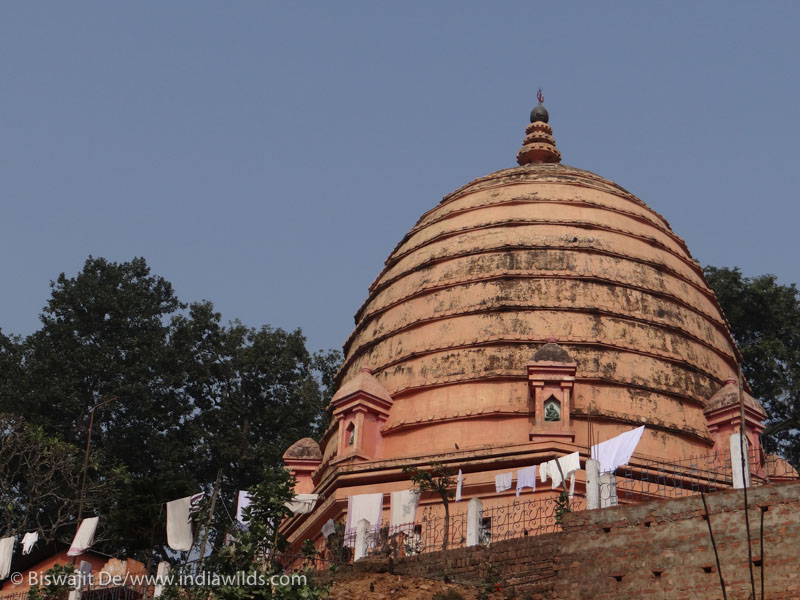

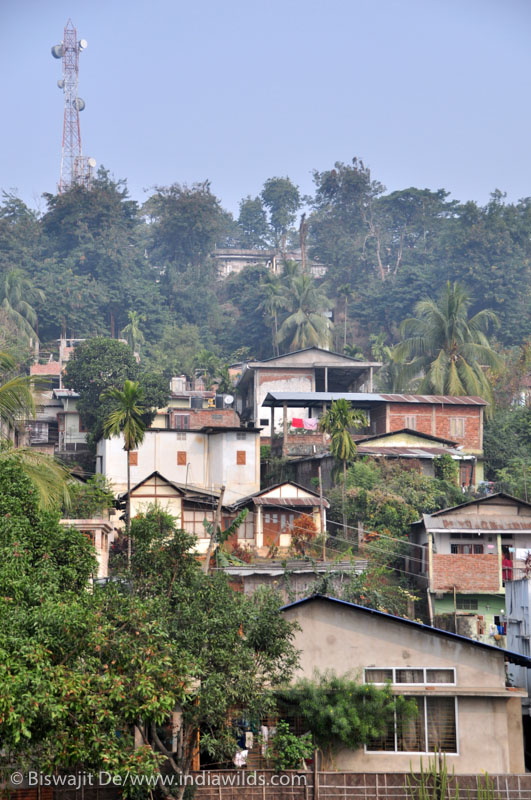
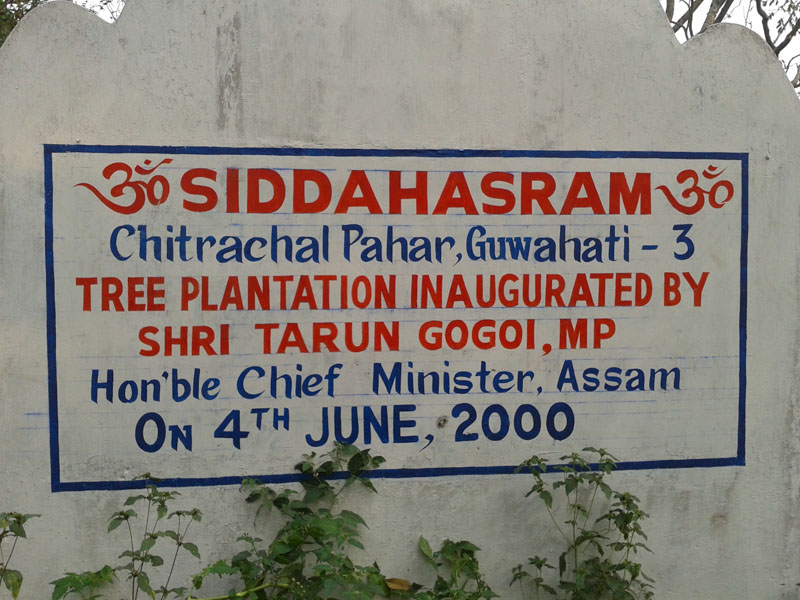
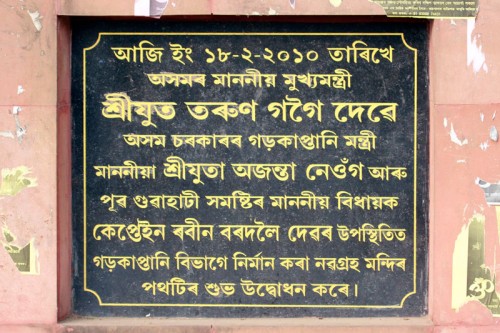
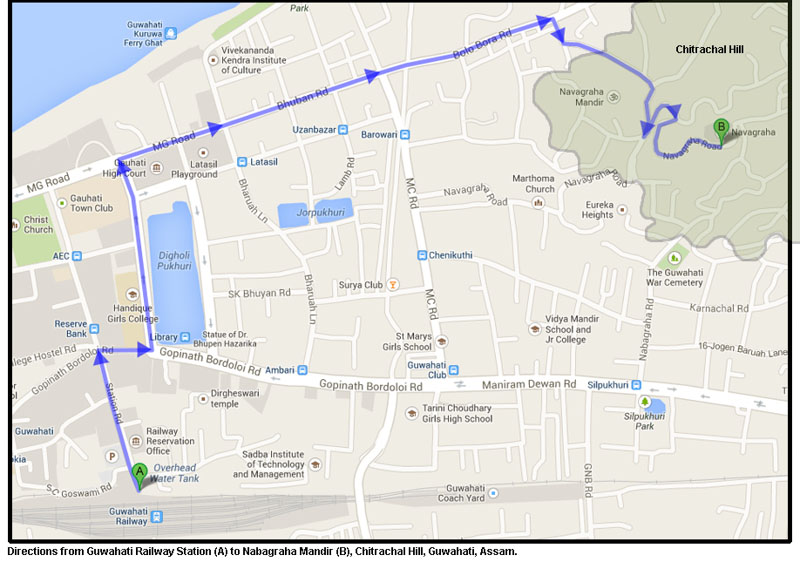
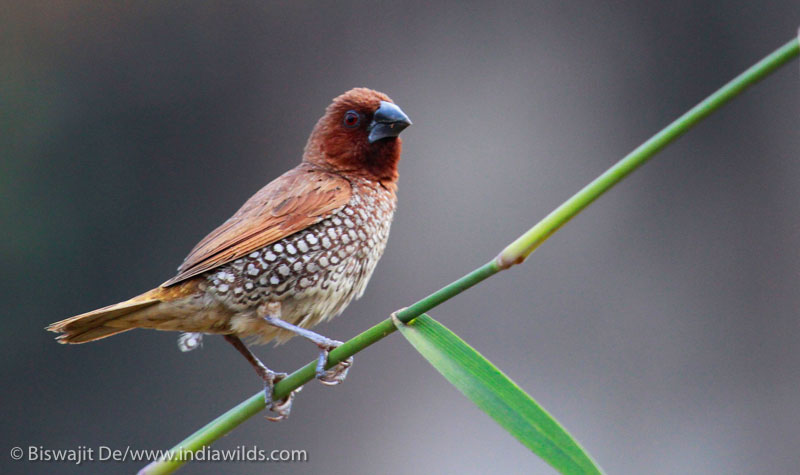


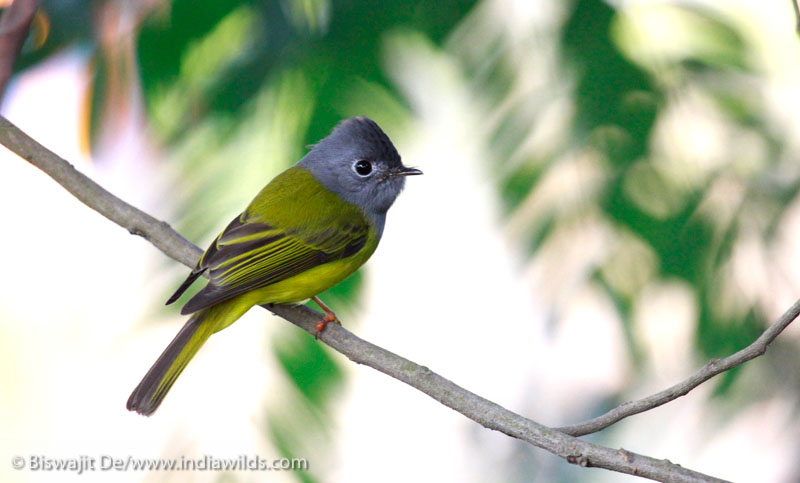
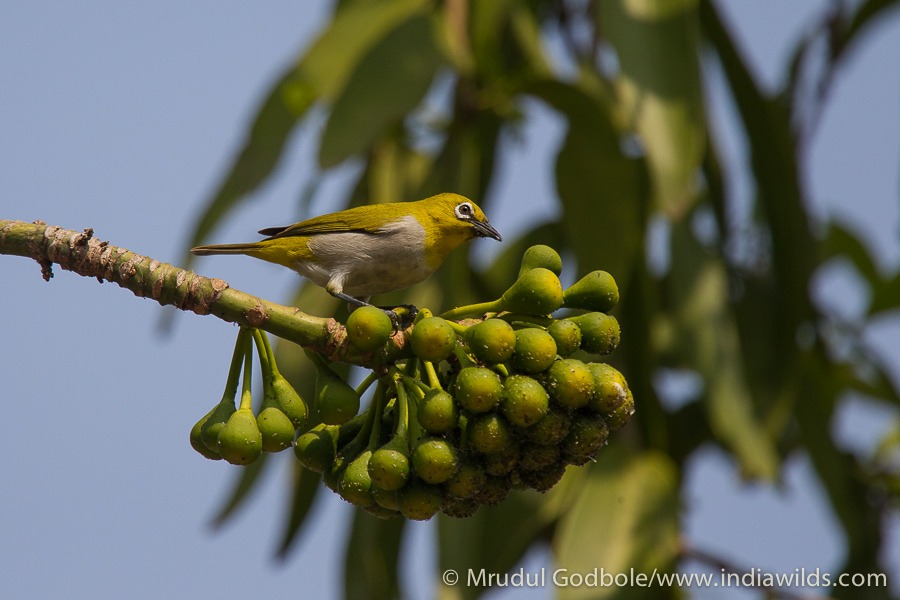











A beautiful collection of birds, I have seen the goldback so many times but never at a decent clicking distance.
Thanks Mridula!
Great post Sabya! Informative and entertaining:) Reflects your passion for the subject:)
Interesting read, it raises the need to conserve the area and prevent further degradation.